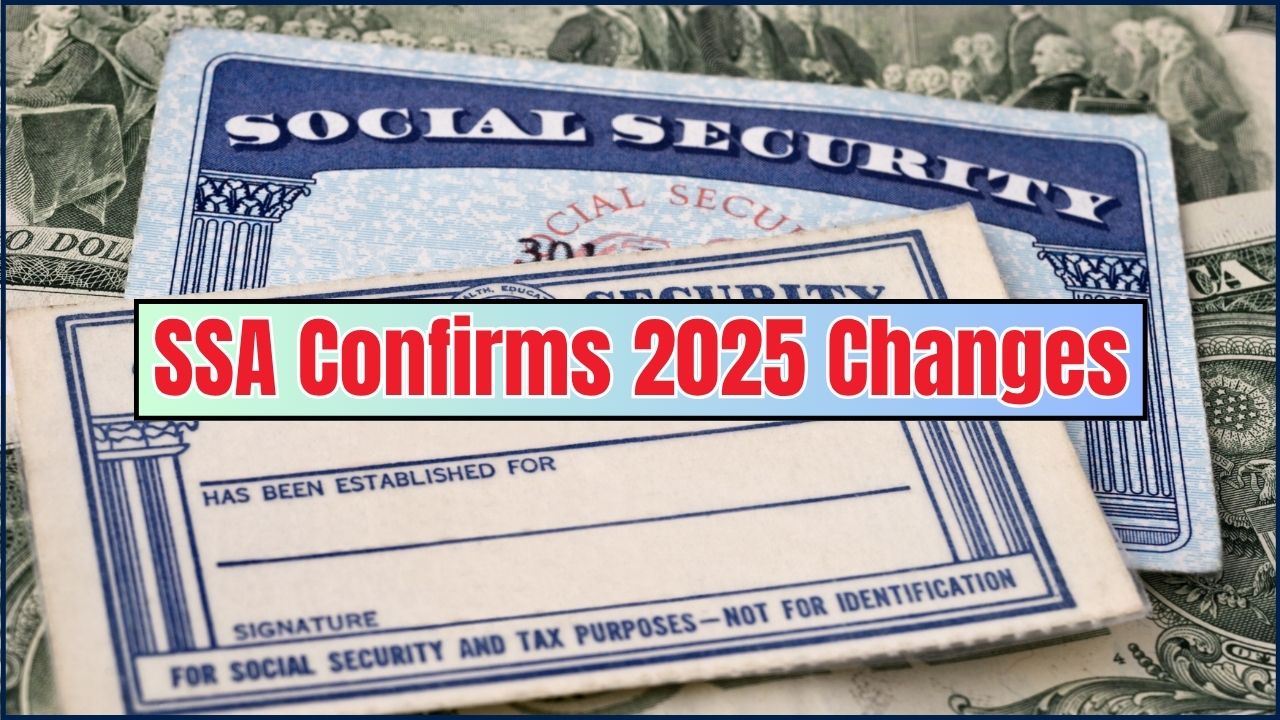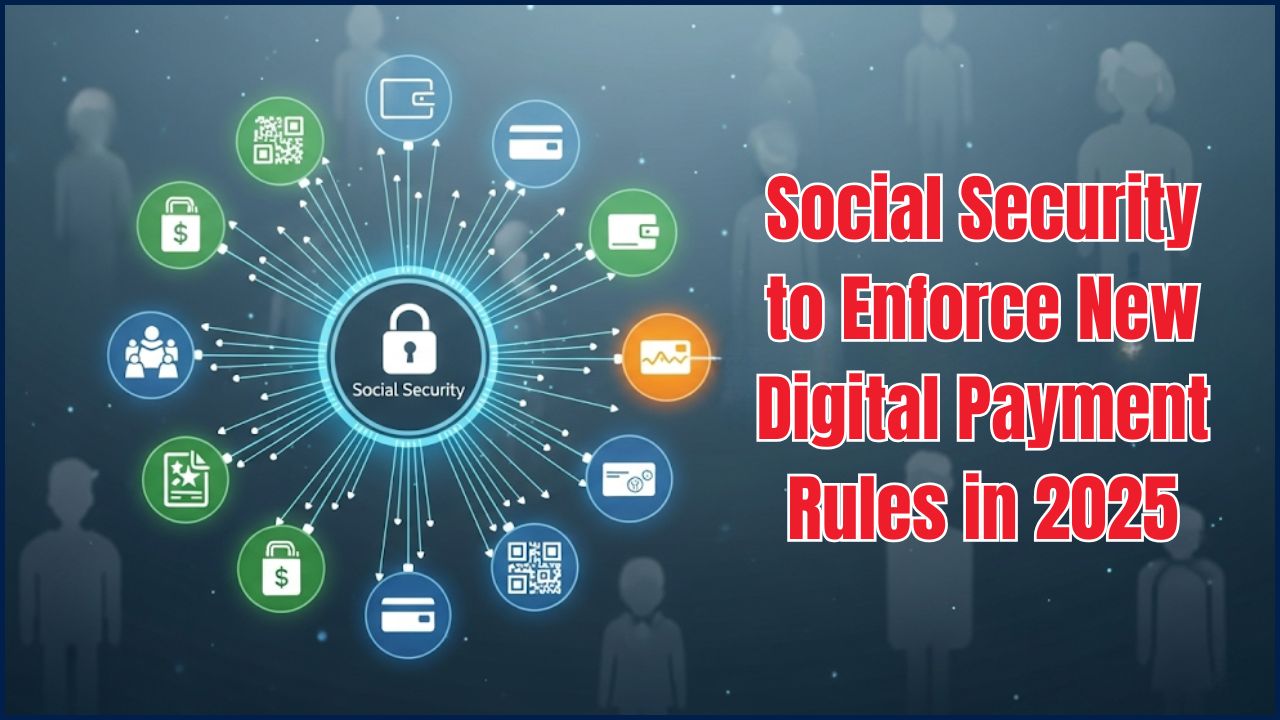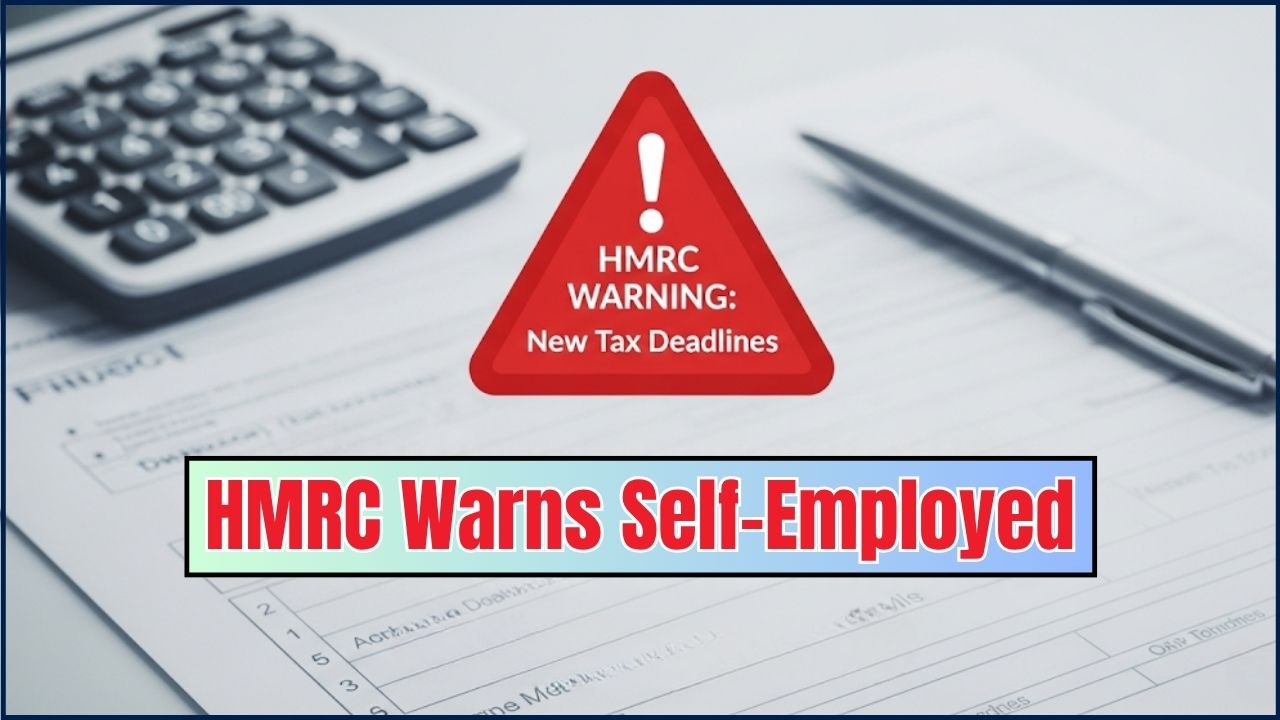The IRS (Internal Revenue Service) has recently announced that significant changes to federal income tax withholding will be delayed until the 2026 tax year. This news may seem like a distant issue, but for many taxpayers, it could result in a larger-than-usual tax refund in 2026. In this article, we will explore what this delay means, why it’s happening, and how you can prepare for a smooth transition when the changes finally take place.

So, if you’re wondering what this all means for your paycheck and tax return, read on to learn more about the IRS withholding changes, the impact of the delay, and the steps you can take now to avoid surprises later.
IRS Delays Withholding Changes
| Topic | Details |
|---|---|
| Withholding Changes Delayed | The IRS has delayed significant withholding changes until 2026, which could lead to larger refunds for many taxpayers. |
| No Impact on 2025 | No changes to withholding tables or federal income tax in 2025. |
| 2026 Refund Expectations | Taxpayers are likely to see bigger refunds in 2026 due to delays in withholding adjustments. |
| Tax Withholding Estimator | The IRS encourages using the Tax Withholding Estimator to ensure proper withholding in 2025 for 2026 refunds. |
The IRS’s delay in withholding changes provides taxpayers a much-needed break in 2025. While you won’t see any major changes to your paycheck next year, it’s an excellent opportunity to plan for 2026 when the new rules will be implemented. By using tools like the IRS Tax Withholding Estimator, reviewing your W-4 form, and staying informed about legislative changes, you can ensure that you are making the most of your tax situation. Whether you’re looking to maximize your refund or avoid surprises at tax time, now is the time to start planning.
What Does This Delay Mean for Your Taxes?
You might be wondering: “What’s the big deal? Why does the delay matter?” Let’s break it down. The IRS typically adjusts the withholding rates each year based on inflation, legislative changes, or new tax policies. These adjustments help to ensure that the correct amount of federal income tax is withheld from your paycheck so that when it’s time to file your taxes, you don’t end up owing a huge lump sum or receiving an unexpectedly small refund.
However, this year the IRS has decided to delay these changes until 2026. For 2025, everything remains the same, meaning your paycheck will have the same amount of tax withheld as it did in previous years. This is especially good news for individuals who may have had trouble adjusting their withholding before. For now, it’s business as usual.
Real-World Scenario: How Will This Affect You?
Let’s consider a couple of examples to help illustrate how this delay works in the real world:
Example 1: Sarah, a Single Parent
Sarah is a single mom who earns $50,000 per year. In 2025, her withholding rates will remain unchanged, so her paychecks will stay consistent with how much tax is being taken out. If the changes had been implemented as expected, Sarah could have seen a slight reduction in her tax withholding (resulting in higher paychecks), but since the changes are delayed, she won’t notice any difference until 2026. In 2026, she may receive a bigger refund because the IRS would have over-collected in 2025.
Example 2: Mark, a Married Worker
Mark is married and has two children. He earns $80,000 annually, and his tax situation is more complex due to deductions and dependents. For 2025, Mark’s withholding will remain the same as in 2024. However, once the 2026 changes kick in, Mark could see an adjustment based on new guidelines and could potentially have more taxes withheld, leading to a smaller refund than expected in 2026.
Why is the IRS Delaying Withholding Changes?
The One Big Beautiful Bill Act (OBBBA), a new piece of legislation, mandates certain changes to the way tax withholding is handled. However, due to the complexity of these changes, the IRS has decided to delay their implementation until 2026. This delay will give the IRS more time to fine-tune the changes and prevent confusion for both taxpayers and employers.
The Bigger Picture: The Impact of OBBBA
The OBBBA intends to simplify and streamline several aspects of the tax system. Some of the most important aspects for withholding include:
- Adjustments to Tax Brackets: The legislation may revise income thresholds that determine which tax bracket you fall into, which directly affects how much is withheld from each paycheck.
- Changes in Deductions and Credits: New provisions under the bill could introduce or modify existing tax deductions, such as those for dependents or child care expenses, which would affect how much tax is withheld.
The IRS’s decision to delay these changes until 2026 provides employers and tax professionals with the time needed to implement these reforms correctly.
2025 vs. 2026 Withholding Comparison
| Feature | Tax Year 2025 (Filing in 2026) | Tax Year 2026 (Filing in 2027) |
| Withholding | Based on old tables (with some adjustments). | Based on new tables reflecting recent tax law changes. |
| Take-Home Pay | Potentially lower than it could be, as employers may not factor in new deductions. | Likely adjusted to be more accurate, possibly higher than in 2025. |
| Expected Refunds | Many taxpayers are likely to receive larger refunds due to over-withholding. | Refunds are expected to be smaller, as withholding will be more precise. |
| W-4 Form | No immediate need to update your W-4 for new deductions. | The IRS will advise on updating your W-4 to reflect new deductions and credits. |
Preparing for the 2026 Changes: What You Can Do Now
Even though 2025 is set to be a stable year in terms of withholding, it’s a great time to start planning ahead. Here are some things you can do to ensure you’re prepared when the withholding changes take effect in 2026:
1. Use the IRS Tax Withholding Estimator
The IRS Tax Withholding Estimator tool is one of the easiest ways to ensure you’re having the correct amount of tax withheld from your paycheck. The estimator helps you calculate the amount of withholding that’s right for your unique situation. It’s a smart idea to use this tool before the end of the year to prevent any surprises.
2. Review Your W-4 Form
Take a few minutes to review your W-4 form, which tells your employer how much tax to withhold. If you’ve had any life changes like marriage, children, or a new job, this form should reflect those changes.
3. Consult a Tax Professional
As the withholding rules change in 2026, a tax professional can provide guidance specific to your situation. Whether you have questions about deductions, credits, or how the new changes will affect your refund, a professional can help you stay ahead of the curve.
4. Stay Informed About Legislative Updates
The OBBBA and other tax reforms could affect your withholding significantly. Stay updated on any new developments by checking the IRS website regularly or subscribing to news alerts from reliable sources.
FAQs
1. When will the IRS make changes to withholding tables?
The IRS has delayed the changes until 2026. This gives them more time to prepare for implementing adjustments based on new legislation.
2. What will be the impact on my paycheck in 2025?
There will be no changes to your paycheck in 2025. The withholding tables will stay the same as they were in 2024.
3. How can I ensure I’m withholding the correct amount of tax?
You can use the IRS Tax Withholding Estimator tool to check whether you’re having the correct amount of tax withheld. It’s a simple and effective way to avoid surprises when filing your taxes.
4. Should I adjust my W-4 form now?
Yes, if you’ve experienced life changes (e.g., marriage, children, or a job change), it’s a good idea to review and update your W-4 form to reflect those changes.
5. Will I get a bigger refund in 2026 because of the delay?
Possibly! Since the withholding changes are delayed, many people may find they receive a larger-than-usual refund in 2026, as more tax may have been withheld than necessary in 2025.












